
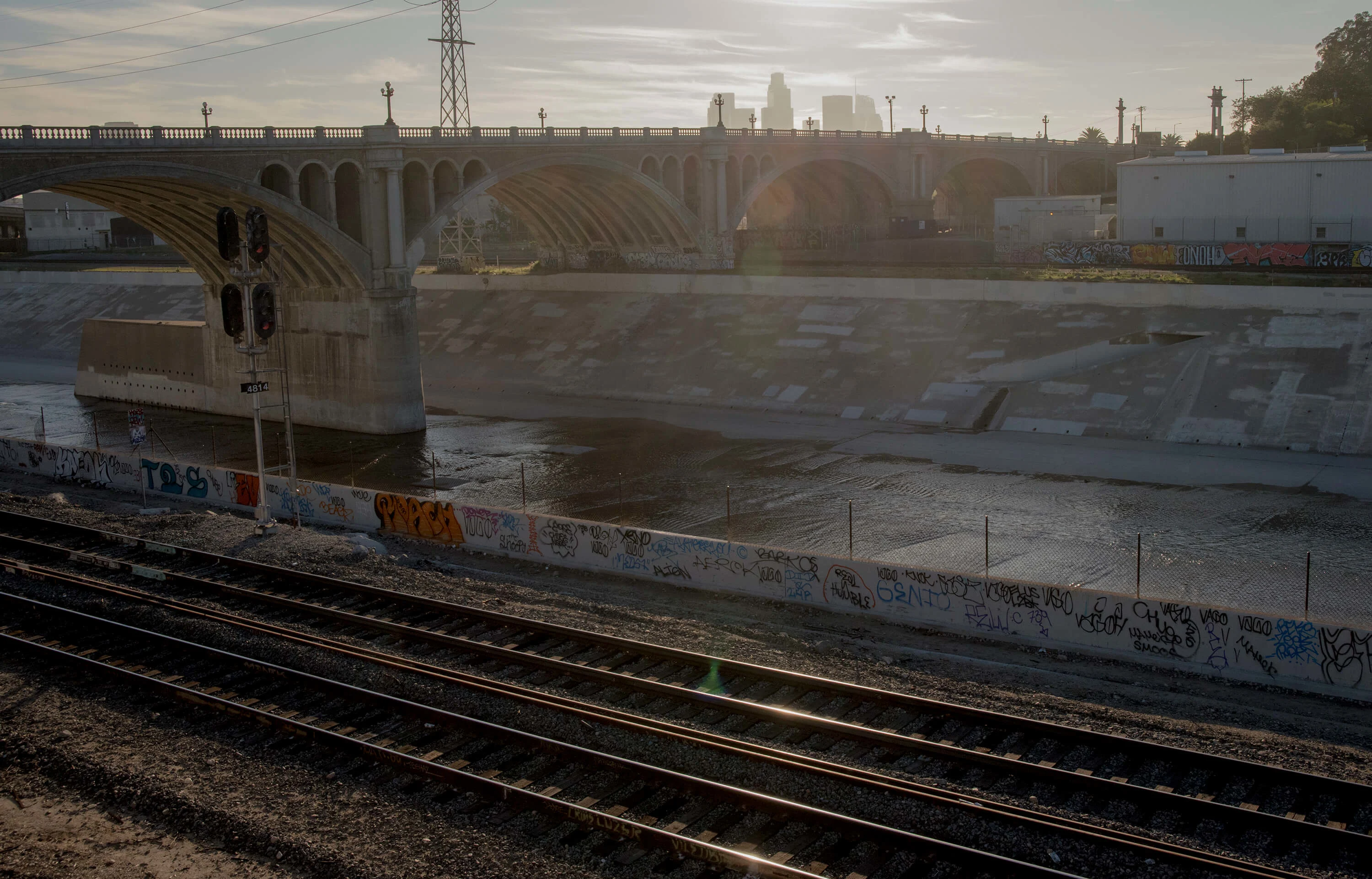
It’s almost impossible to put a label on Lauren Bon. Artist? Activist? Environmentalist? From battling with bureaucrats to airlifting buffalo to safety, her ambitious ideas know few boundaries. As she gears up to bring the Los Angeles river back to life, Andreas Tzortzis went to meet her.
Photography by Jim Mangan.
The wildly imaginative plan to reconcile Los Angeles with the long ignored river that runs through it began in a cornfield. Actually, check that. It began a few years earlier, with a herd of buffalo.
In 2003, Lauren Bon, a 33-year-old artist recently returned to her native Los Angeles from London, took her two children on a camping trip to Santa Catalina Island . She packed the tent, toys, books and flashlights and, upon arriving, found space in a field. Awakened by strange sounds in the middle of the night, she stuck her head out. By the light of a full moon, she saw buffalo roaming and grazing in the field around the tent in which her family slept.
“So in the morning, when we got up and there was even more buffalo, we asked the people who lived there what the story was,” she says.
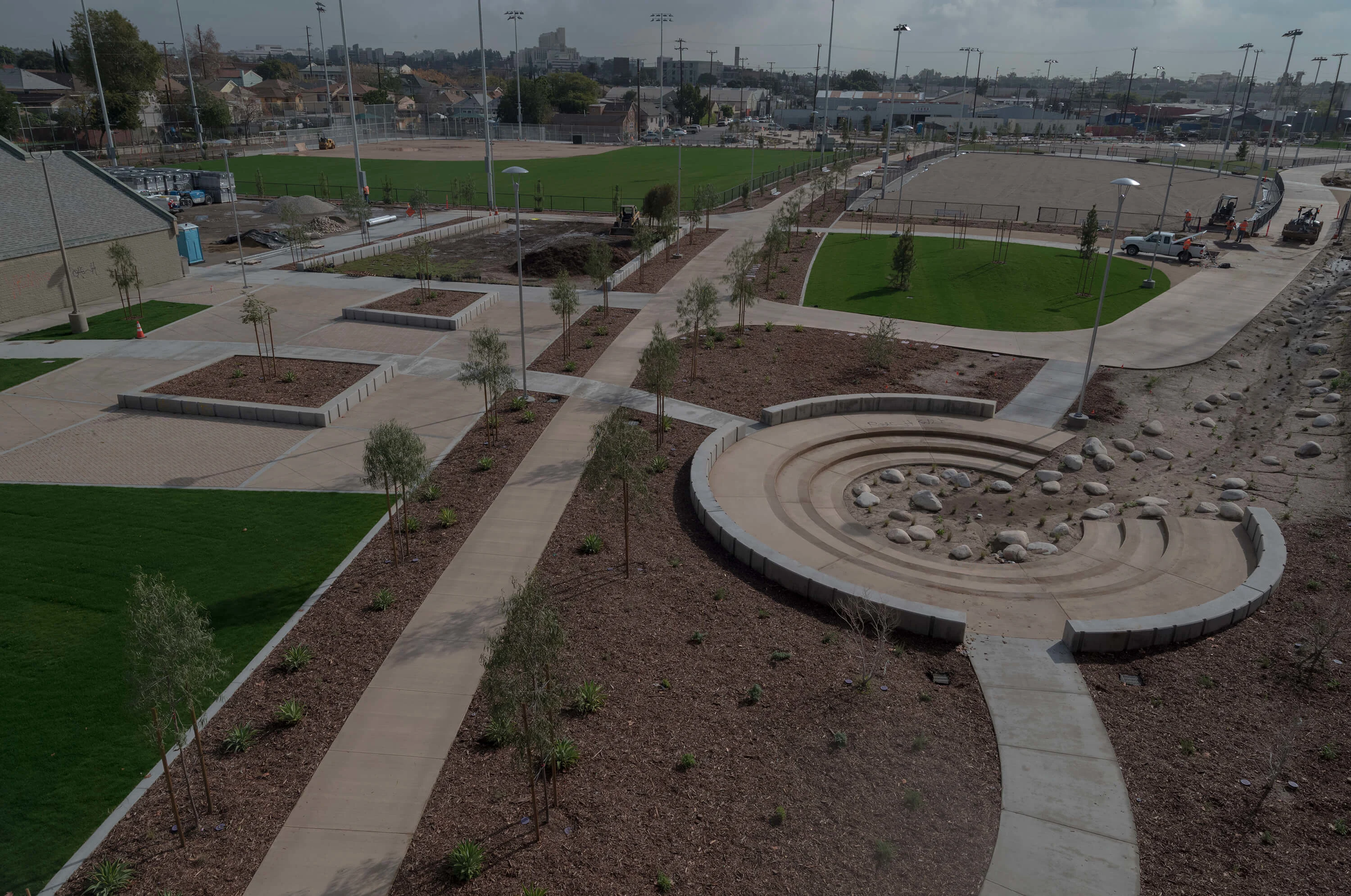
They told the tale of Zane Grey, the storied Hollywood western writer, who brought the bison over from the Lakota Sioux tribe to the island in an effort to recreate the Great Plains for the 1925 epic, The Vanishing American.
“After the film shoot they left the buffalo there, which grew over the years into a massive herd. This herd, in turn, was being sold off to make dog food to keep the population under control, because they were destroying the island’s ecosystem,” Lauren says.
The dissonance registered with Lauren, a sculptor who had experienced a crisis of conscience at the amount of stuff humans accumulate and leave behind. The discovery also came during a massive transition in her life. Her grandfather, media tycoon Walter Annenberg, had just passed away and Lauren and her two siblings had become trustees of the Annenberg Foundation, a philanthropic organization with a $1 billion endowment.
“I had no idea what that meant, or what that would mean for me, because I’m an artist, I’m not trained to think like a philanthropist,” she says. “But I thought, oh, I can send the buffalo home. I can make this happen so they don’t have to die.”
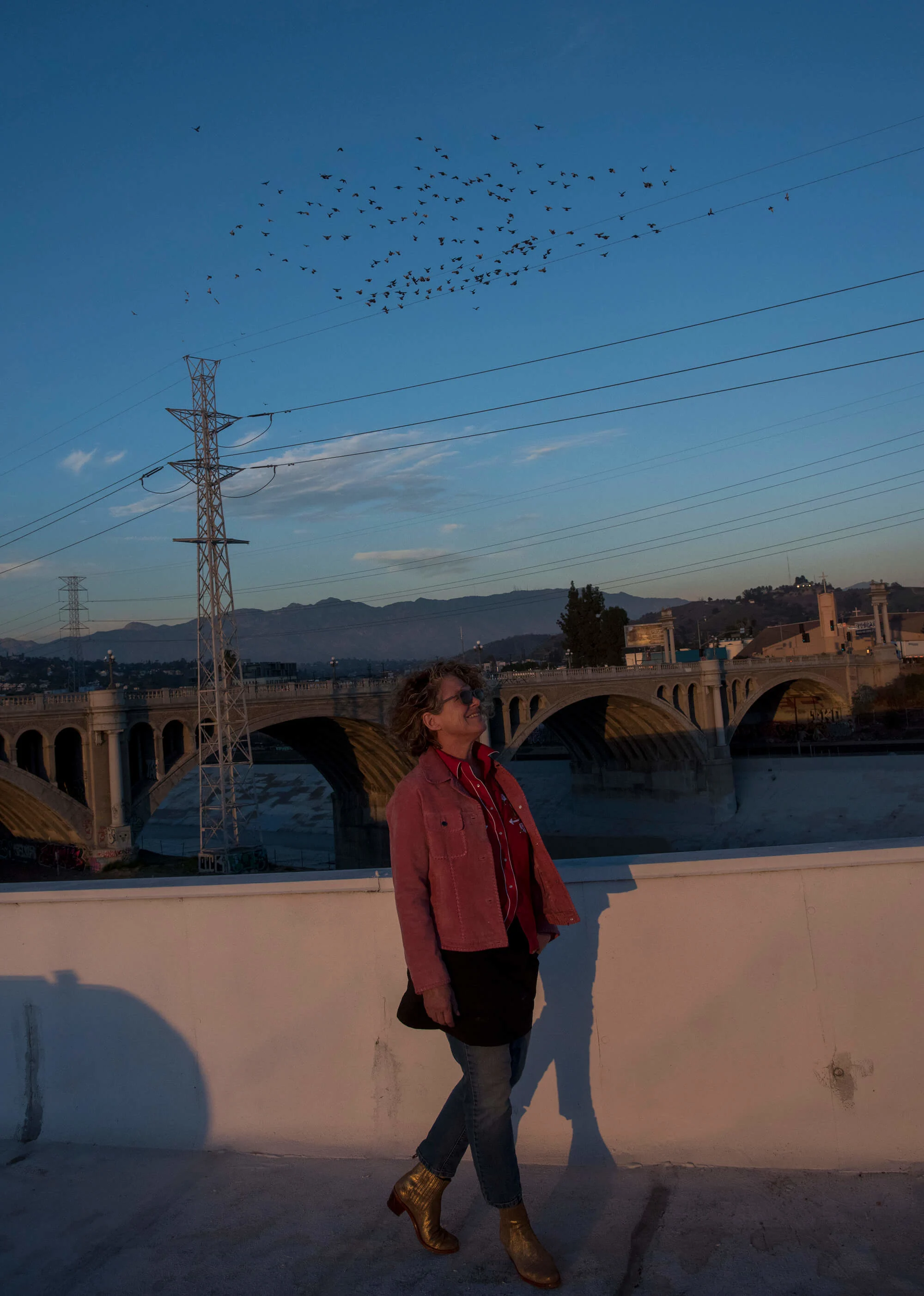
If there is a through line in Lauren’s work, it’s her ability to recognize opportunity and overcome any obstacles that lie in the way. These opportunities don’t often feel like they are interconnected until she, blending a flexibility of thought with ever-expanding vision, makes them so.
Around her she’s gathered a group of interdisciplinary artists working under the umbrella of the Metabolic Studio (“metabolic” is the best word to represent the dynamic nature of the projects she’s willed into being). All of them operate at the intersection of art, environmental science and community building.
“I think oftentimes there’s a lot of pressure on an artist to have a narrative, something that’s very wrapped up in a neat bow,” says Tristan Duke, a former photography teacher and artist who works at Metabolic. “With Lauren … it’s not a question of what’s the narrative, it’s what are the narratives? There’s always these multiple parallel streams that she’s thinking on simultaneously, and sometimes they’re almost contradictory.”
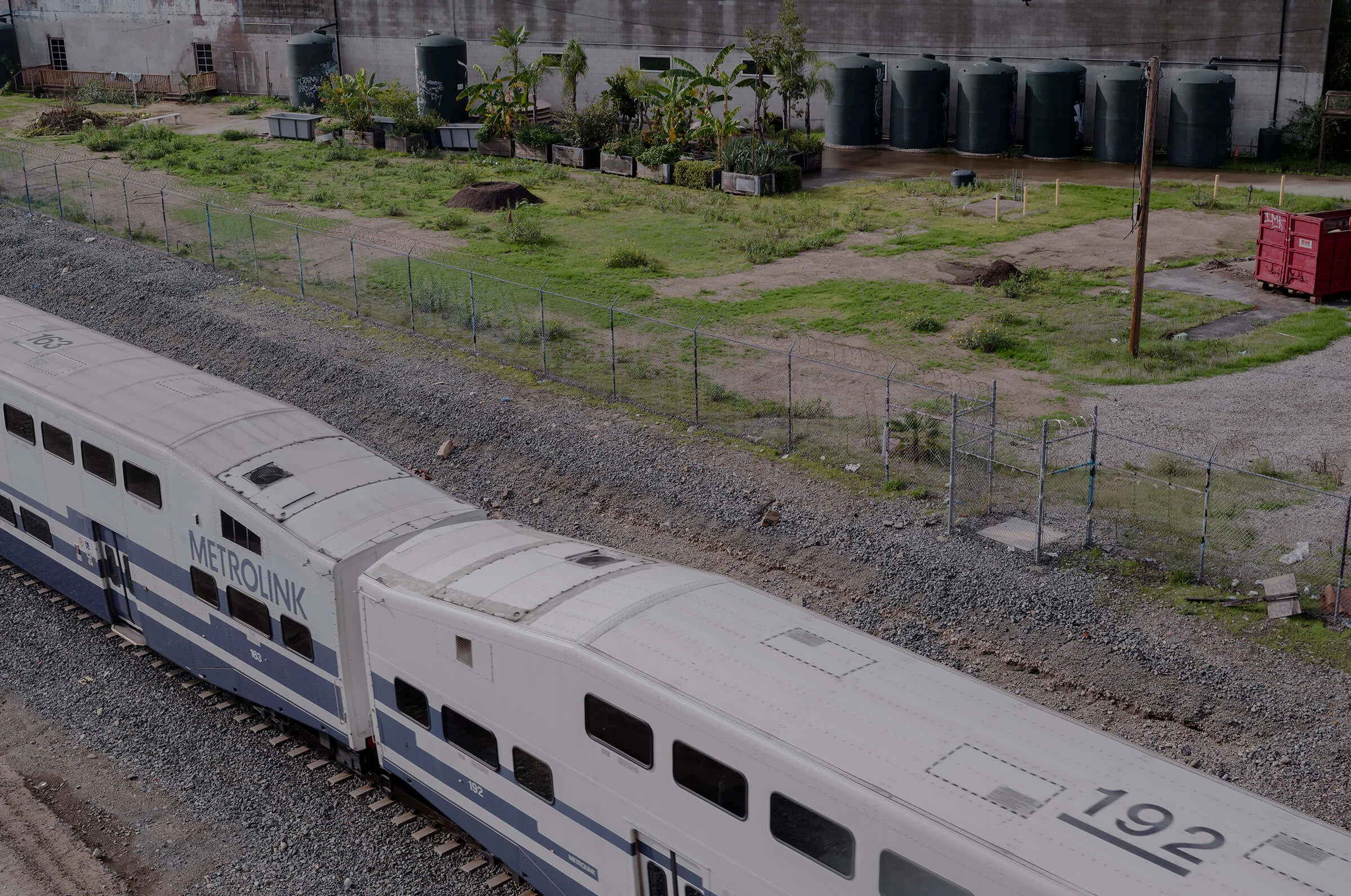
In fact it doesn’t feel like artist is the right term for Lauren. It’s too limited, and a word she feels gets misinterpreted. Rather, she’s an activist and a lobbyist, a patient navigator of bureaucracy, and a choreographer of disparate artistic talent. Above all, however, she has a unique vision – one that seeks to reconcile the vast metropolis with the nature it’s displaced.
In that spirit, she planted a cornfield on a former toxic site and created an aquaponic strawberry farm tended by otherwise ignored war veterans on the campus of the Department of Veterans Affairs in West Los Angeles.
She’s followed the length of the Los Angeles aqueduct to the Owens Valley, the original source of the city’s water and now a dried-out lakebed. And in 2013 she sent 100 mules trodding the 250 miles back down — the path the region’s pioneers would’ve covered on their march to the floodplains upon which LA was built.
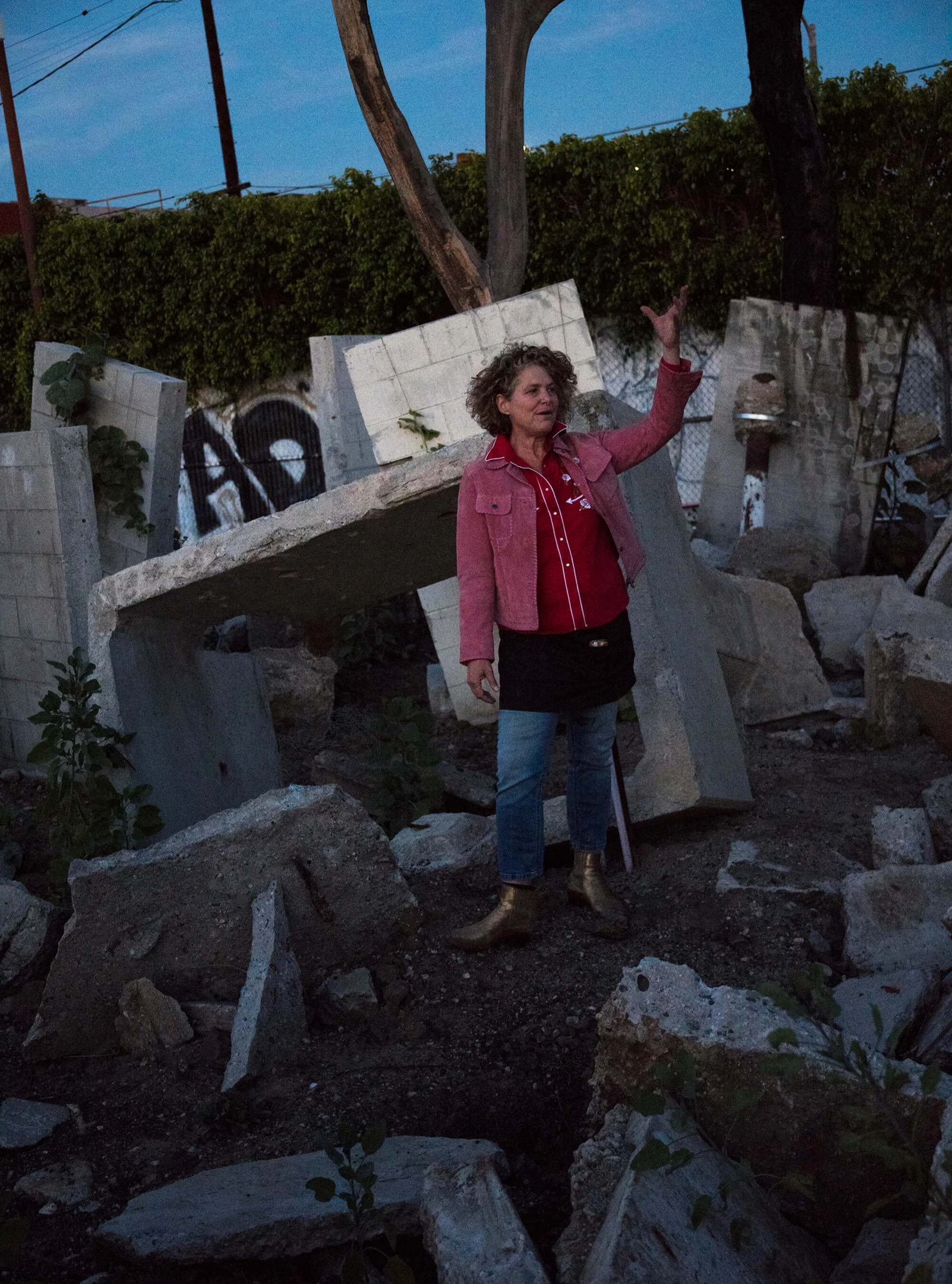
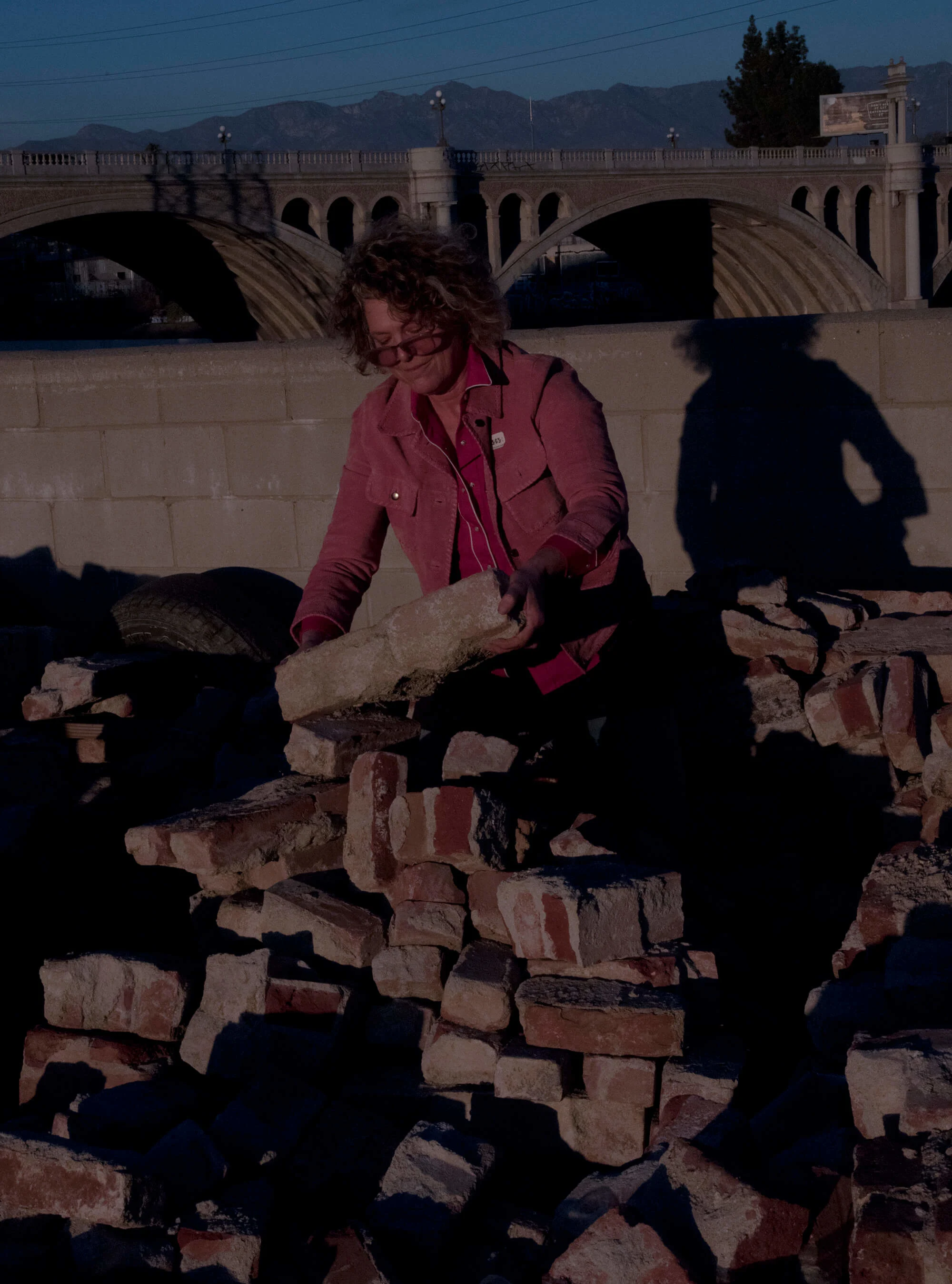
Her new project promises to be the most eye-opening and the most permanent: a water wheel 48 feet in diameter that collects water from the river, cleans it in wetlands designed by the Metabolic team and distributes it via pressurized pipes to neighboring parks.
“I’ve never had to think of what to do next,” she says. “It’s always one thing after another.”
Which brings us back to the buffalo. Within a year of her encounter on Santa Catalina, Lauren had helped launch an effort to transport the buffalo – one by one, via helicopter – to a train yard in Long Beach, from where they were transported back to the reservation in South Dakota. Shortly thereafter, she dreamt of a cornfield.
I’ve never had to think of what to do next. It’s always one thing after another.
Within three days she was in Sacramento having a meeting with the director of California State Parks, Ruth Coleman. Ruth told her of a toxic train yard next to the LA River; Lauren recognized it as the one she would ride her bike to as a kid.
For Not a Cornfield, Metabolic’s first project, she planted corn on a 32-acre brownfield plot in soil gathered from construction sites around the city. A few years later she met Grandpa Roy, a Lakota elder, who told her that he sent her the image of a cornfield in a dream as a thank you for returning the buffalo. “He knew I would hear it and I would act upon it,” she says. “And that’s what happened.”
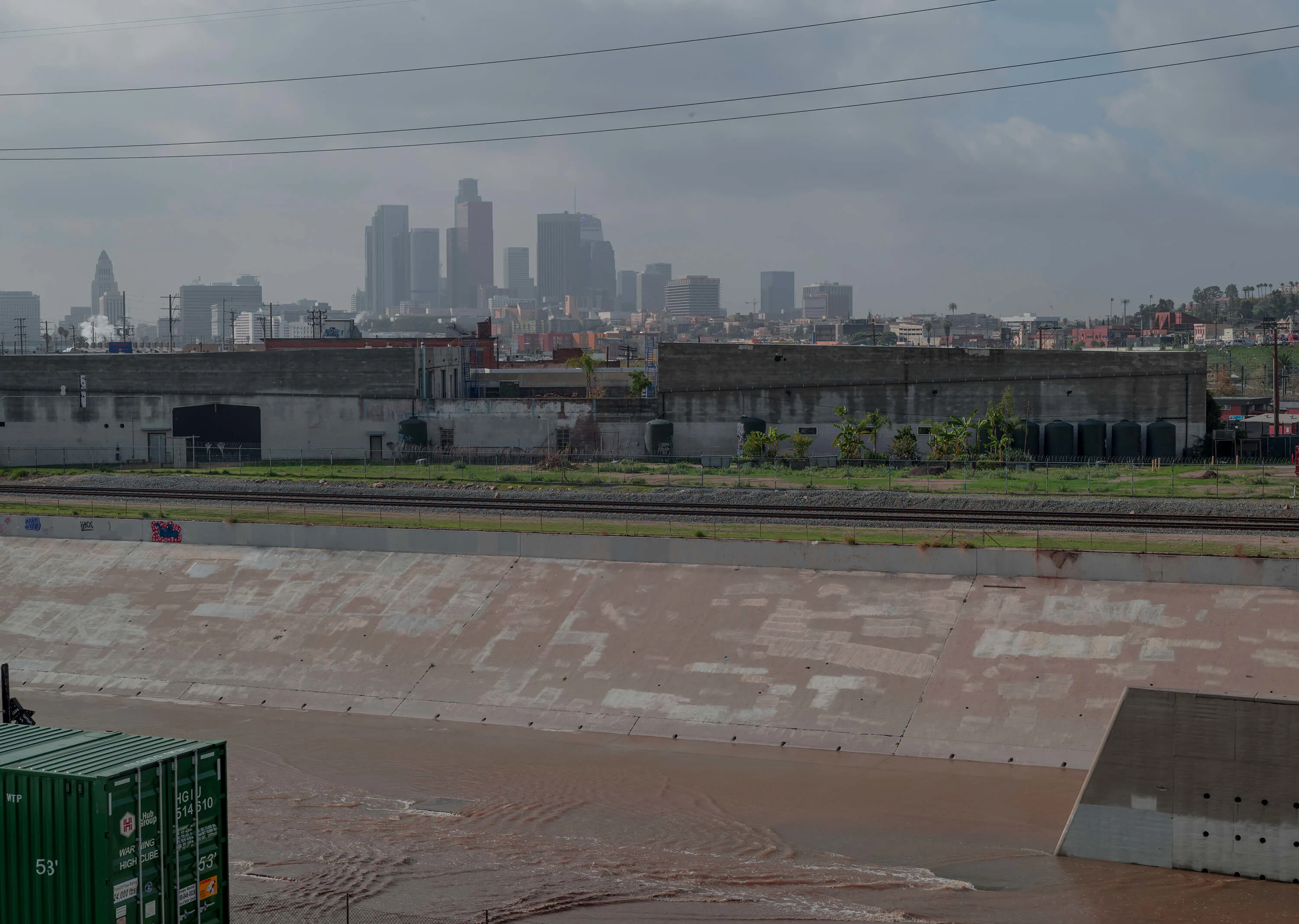
Lauren's work is, by its nature, outward-facing. There is Metabolic Studio, a collective of artists, activists and do-gooders, who contribute to Lauren’s work in a whole host of ways, from photography and music to helping her clear the bureaucratic hurdles which often stand in her way.
And then there is the circle outside of Metabolic, where Lauren’s blend of environmental philanthropy, art and community empowerment intersects with the greater public (and public officials) in weekly open-house screen-printing workshops, pot luck dinners and complex negotiations around arcane public policy.
She likes to have people come and play, but all of it’s always backed up with quite a lot of rigor.
When the two intersect, it’s in the expansive warehouse of constantly shifting walls and offices just a few miles from Downtown LA. Massive, comfortable couches invite long conversation; a square conference table is surrounded by large shelving systems carrying massive jars of honey harvested from bees in conflict zones. It has the feel of an achingly cool design practice.
On a recent Thursday night, Metabolic’s sonic division played piano loops and riffed on guitars. In another room, members of the community created t-shirts and signs with the help of stencils and silk screens. Above them on the wall hung the unofficial Metabolic motto, written in neon cursive: “Artists must create on the same scale that society has the capacity to destroy.”
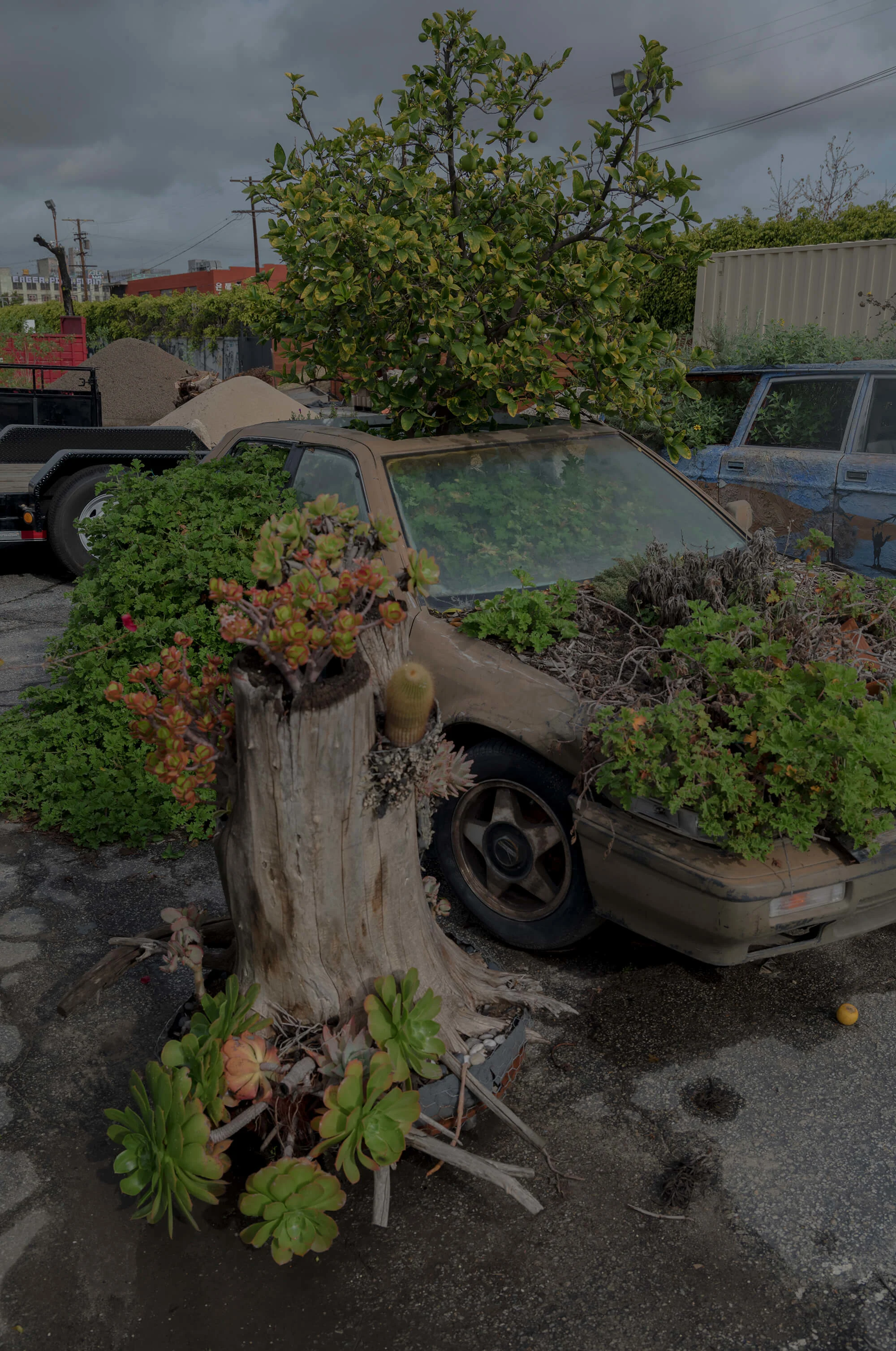
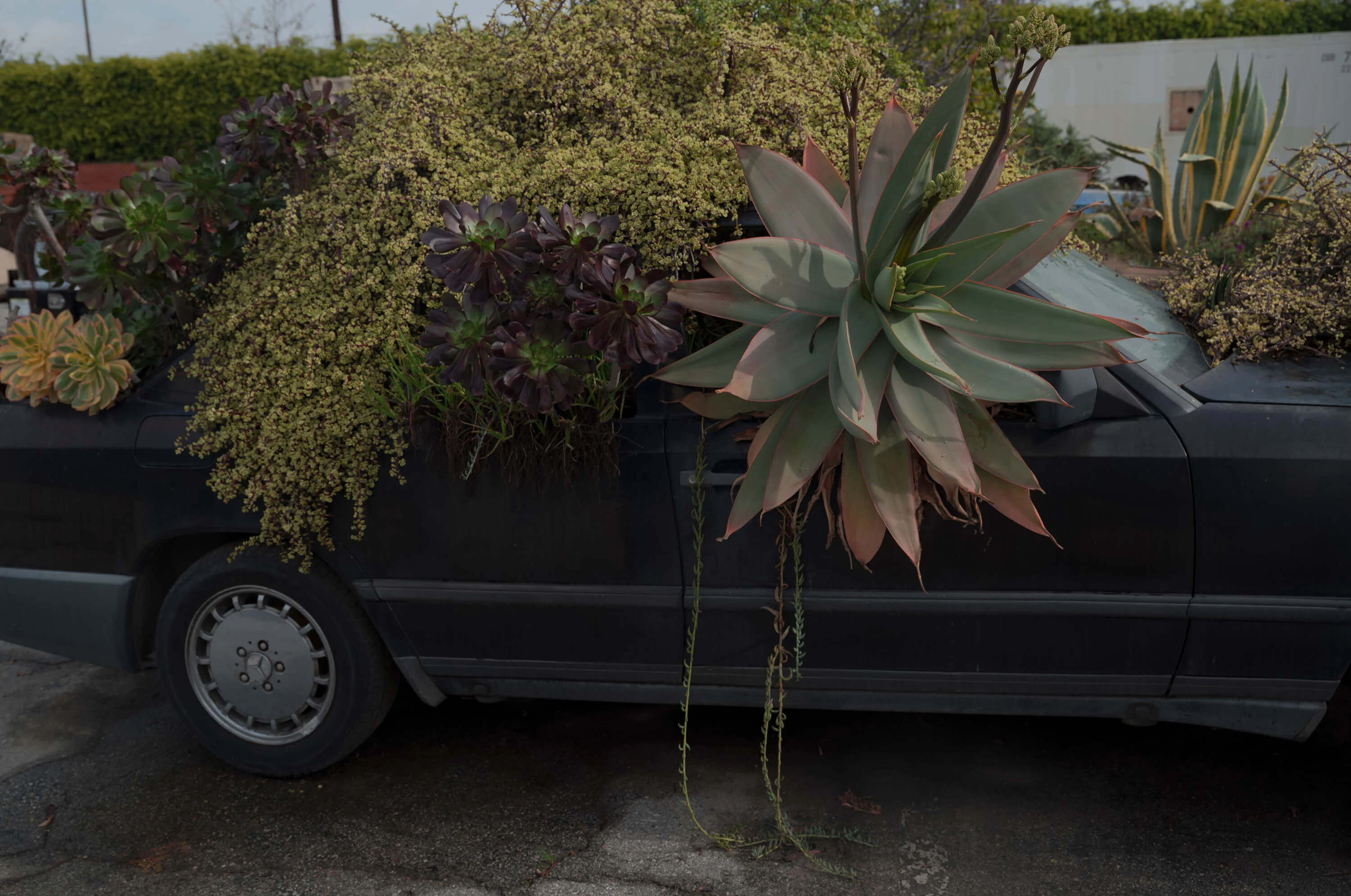
There is a profound sense of community and loyalty in the group Lauren has assembled. It’s clear they revere her, both for her vision and her willingness to empower them to grow it with her. Many of the spin-off projects done by the Optics or the Sonic division might have had their roots in the large-scale “actions” but have evolved into their own thing entirely.
“A lot of the performative acts the studio does are partially about working with community, and partially about witnessing what’s going on in the community,” says Richard Nielsen, a former painter who started working with Lauren more than a decade ago.
Wearing an apron stained with chemicals from the photo lab from which he’s just emerged, Richard says it’s the constantly evolving nature of the work that keeps him interested.
“What Lauren does is recognize what people’s talents are, and put them in positions to accentuate those abilities,” he says. “She likes to have people come and play, but all of it’s always backed up with quite a lot of rigor.”
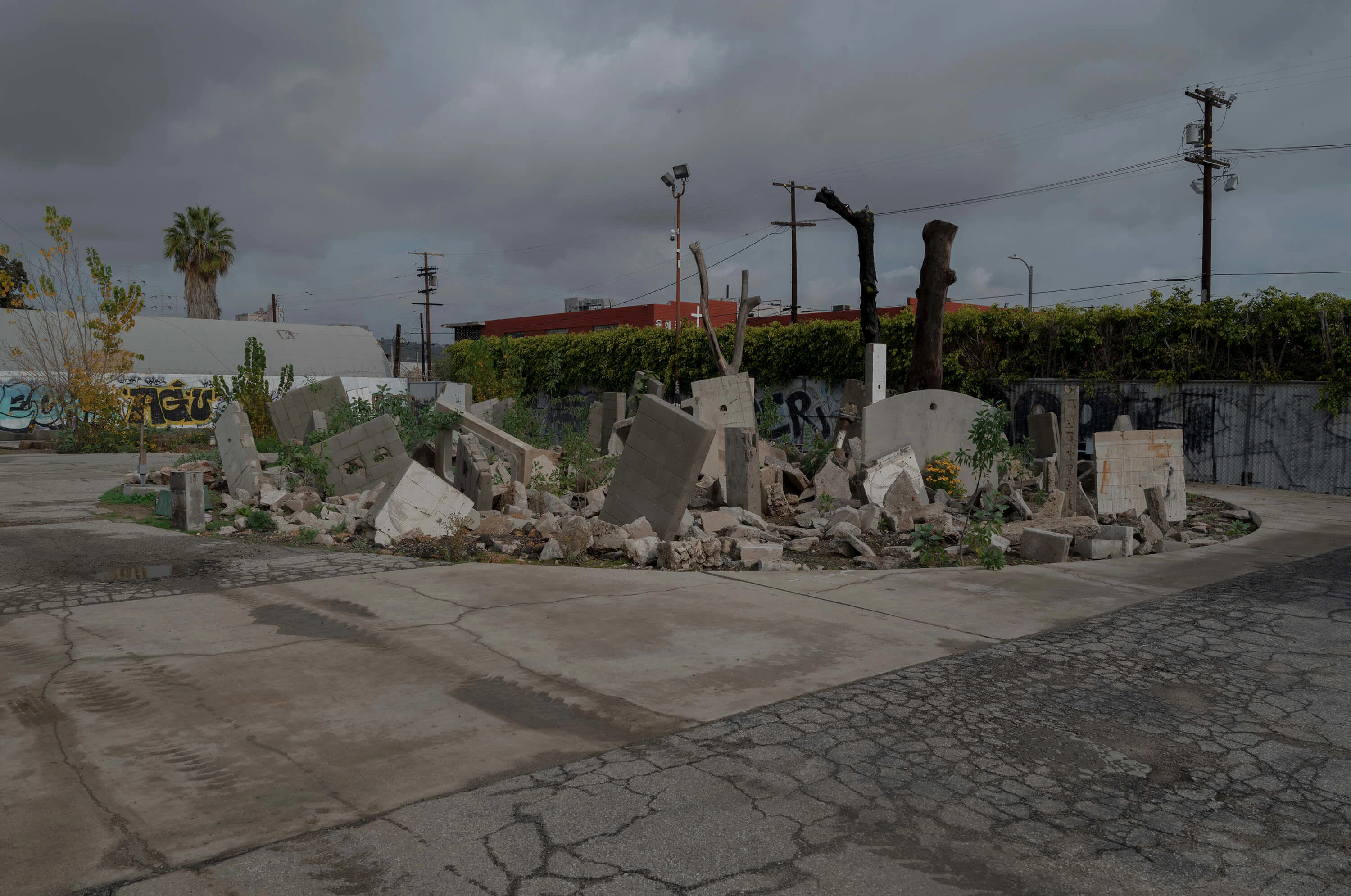
Bending the River has demanded every bit of that capacity. The challenge is not just engineering. It has taken 68 permits from 22 agencies – federal, state, county, regional and city – to get this far. Most eyebrow-raising was Lauren managing, after a long, Byzantine process, to become only the second owner of a water right in Los Angeles, after the LA Department of Water and Power.
Their mission has captivated people on many levels, from school groups to government leaders, who often come by the studio. The reason is simple: “We live in a desert and millions of gallons of water wash by every single day, straight into the ocean,” Tristan says. “She’s going to show us how to use it.”
For Lauren, the flexibility of what art means and what it can be allows her to push herself, her team and her ideas. “We’re not developers, we’re not engineers. We’re trying to do something independent, through our own creative energy,” she says. “These micro-shifts in bureaucracy are hard to do, and they take an enormous amount of fortitude and stick-with-it-ness. But once somebody gets through, it’s easier for other people to get through.”

Some time in the next few months, Lauren will receive her final piece of paperwork – the approval of the Army Corps of Engineers. Then in spring 2019, Metabolic will start to trench the river and pierce the body’s concrete jacket with a mile-long pipe that will divert a portion of the water into a pit.
There, the water wheel – a design harkening back to the wheels distributing water to El Pueblo in the late 19th Century – will lift the water to a wetland, where it will be cleaned before hitting the distribution pipes.
“I don’t really have a message for people. I’m just doing the work I feel I need to do to make sense of this moment of place and time. I want to reconnect the floodplain of the historic core of the city with the water that will feed it, to support a myriad of living systems. And I recognize it’s a small drop in the bucket of what’s needed for life to go on.”


